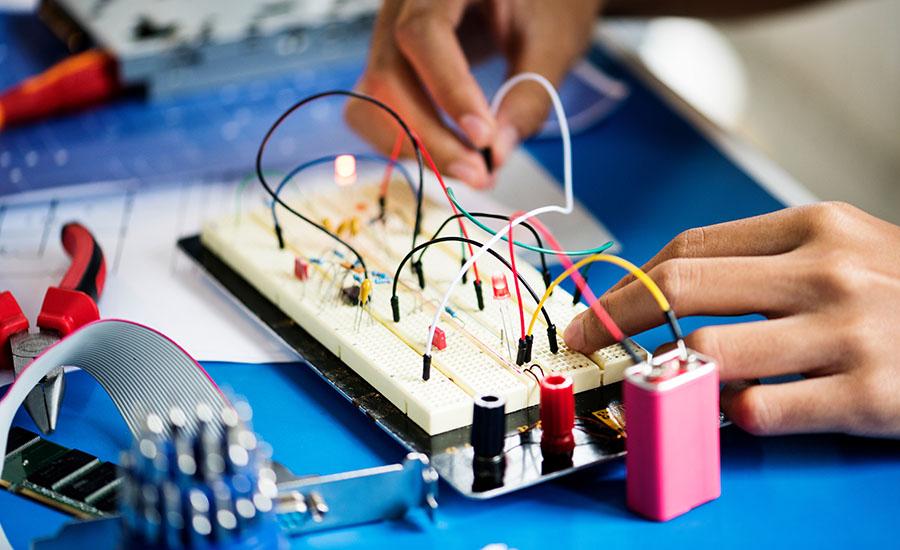
Flow of Energy through Electric Currents
In this lesson, students will develop and use the model of a simple circuit to explain how energy is moved through electric currents. The current and voltage in circuits with 1 dry cell and 2 dry cells are compared. Students observe that the ammeter and voltmeter readings are greater in the circuit with 2 dry cells as compared to the circuit which has only one dry cell. Also, the bulb in the circuit with 2 dry cells glows brighter than the bulb in the circuit with only 1 dry cell. This lesson will show students that as the voltage increases, the current also increases.
Lesson Grade Level
4th GradeLesson Plan Link/URL
https://docs.google.com/presentation/d/1ocU0GLhk-qAn6bA3F-NGh6TgECe59xg3/edit?u…Subject Area
Science Physical Science P4: Energy Transfer Mathematics Measurement and Data (MD) English Language Arts (ELA) WritingRelated Content

Students will learn about the difference between potential and kinetic energy by building a ramp. Three objects will be tested down the ramp to see which one can go the farthest. Data will be

A Shocking Dystopia: STEM Adventures in The City of Ember Part 4 of 4: Where the River Goes
This lesson is PART 4 of a four-lesson unit, which focuses on futures thinking, the phenomenon of electricity, closed-system agriculture, and water as a renewable energy resource. “The City of Ember”

This hands-on lesson provides an opportunity for students to use observation as a way to build the big idea about energy around us. Students are encouraged to explore everyday items in the classroom

